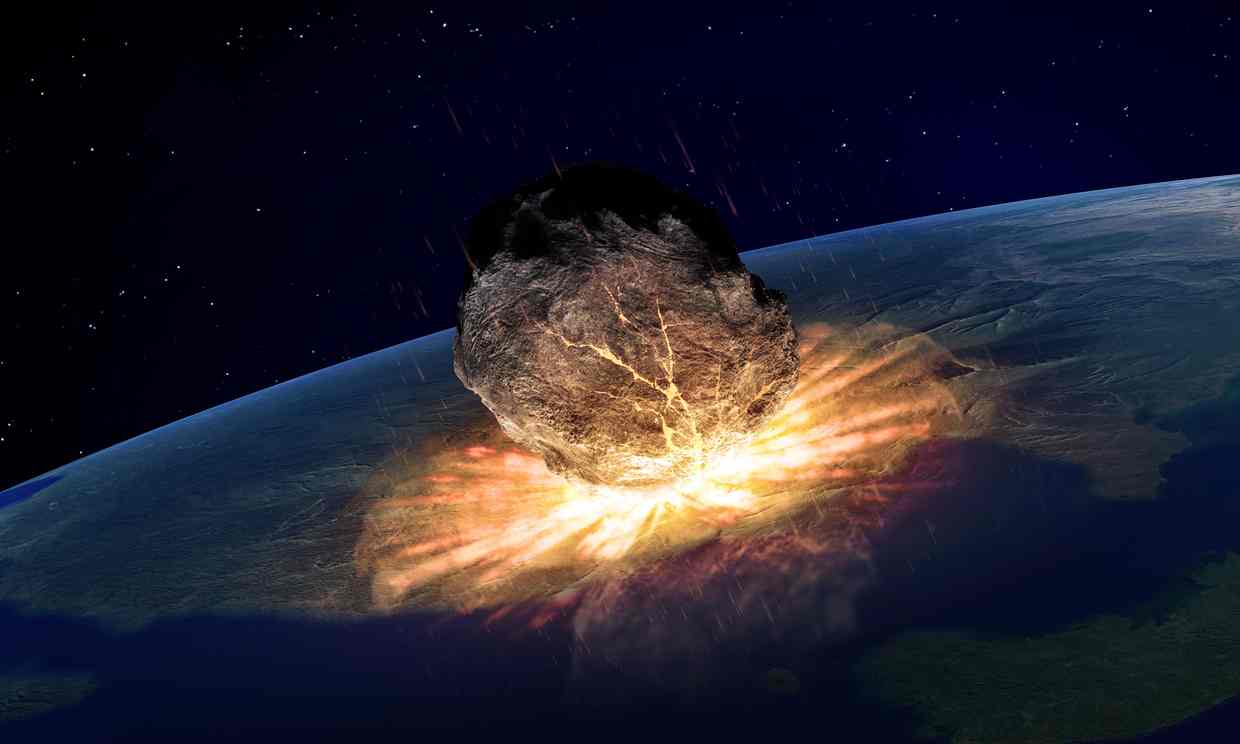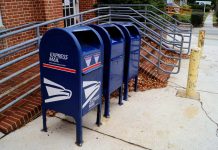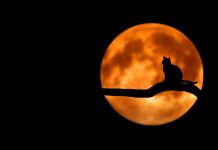NASA recently spotted two objects hurling towards Earth, one a comet and the other a UFO.
The American space agency has identified one of the objects as a comet but is yet to classify the other, saying that it could be an asteroid or a comet.
The comet, dubbed C/2016, was determined in October 2016; and the mysterious object, dubbed 2016 WF9, was identified in November 2016.
The strange object is roughly 0.3 to 0.6 miles across and is in an orbit that takes it on a scenic tour of our solar system.
NASA says that the object is either a comet or an asteroid, and poses minimal threat to earth if any at all.
A Comet
A comet is an icy small Solar System body that, when passing close to the Sun, warms and begins to evolve gasses, a process called outgassing. This produces a visible atmosphere or coma, and sometimes also a tail. These phenomena are due to the effects of solar radiation and the solar wind acting upon the nucleus of the comet. – Wiki
An Asteroid
Asteroids are minor planets, especially those of the inner Solar System. The larger ones have also been called planetoids. These terms have historically been applied to any astronomical object orbiting the Sun that did not show the disc of a planet and was not observed to have the characteristics of an active comet. As minor planets in the outer Solar System were discovered and found to have volatile-based surfaces that resemble those of comets, they were often distinguished from asteroids of the asteroid belt.[1] In this article, the term “asteroid” refers to the minor planets of the inner Solar System including those co-orbital with Jupiter. – Wiki
The American space agency has often been caught lying to the public about what is actually going on in space, so the question still remains, exactly what is heading towards Earth? What say you reader?
Separate Warning
A NASA scientist also recently warned that the Earth is ‘woefully’ unprepared for a surprise asteroid or comet.

“The biggest problem, basically, is there’s not a hell of a lot we can do about it at the moment,” said Dr Joseph Nuth, a researcher with Nasa’s Goddard Space Flight Center.
Nuth also stated, at the annual meeting of American Geophysical Union, that dangerous asteroids or comets are extremely rare, “But on the other hand they are the extinction-level events, things like dinosaur killers, they’re 50 to 60 million years apart, essentially. You could say, of course, we’re due, but it’s a random course at that point.”
Nuth alongside other NASA scientists suggests the US build an interceptor rocket because often it can take up to five years to launch a spacecraft.
“If you look at the schedule for high-reliability spacecraft and launching them, it takes five years to launch a spacecraft. We had 22 months of total warning.”
NASA recently established a planetary defense office, and Nuth has recommended that the agency build an interceptor rocket to keep in storage, with periodic testing, alongside an observer spacecraft. The establishment of an interceptor rocket would cut the timing of actually launching a rocket in half.
Works Cited
Stuff. “Nasa spots comet and mysterious celestial object flying towards Earth .” Stuff.co.nz. . (2016): . .
Alan Yuhas. “ Earth woefully unprepared for surprise comet or asteroid, Nasa scientist warns .” The Guardian. . (2016): . .















If you will allow I’d like to correct your assessment and common understanding of comets.
Your Quote Below:
“A comet is an icy small Solar System body that, when passing close to the Sun, warms and begins to evolve gasses, a process called outgassing.”
That description of comets by NASA and the established astrophysical community is wrong. Recent space probes over the last couple of decades have shown that in every encounter with comets they have been found to be hard, dry, rocks – as in the latest encounter with comet 67P – The Rosetta Mission. http://www.space.com/27697-rosetta-comet-landing-full-coverage.html
As hard as they try to cling to the old theory of the “icy snowball” nature of comets, the FACTS just don’t add up. The website below will display encounters with other comets by NASA space probes. In EVERY SINGLE CASE, the results were the same; comets are hard, dry, rocks! https://www.nasa.gov/mission_pages/deepimpact/main/index.html#.WG7au1UrKQI
The icy snowball theory was created by five decades ago by Dr. Fred Lawrence Whipple who first suggested that comets were “icy conglomerates,” and what the press called “dirty snowballs.” His dirty snowball theory caught the imagination of the public even as it revolutionized comet science. The idea stuck. But since then scientific FACT has repeatedly proven Whipple wrong. Dr. Whipple has been credited with many other achievements during his lifetime. So, I’m not trying to diminish his career. But change comes slowly because it is hard for we humans to admit that we have been wrong on something – anything. Martin Luther King once said: “The arc of the moral universe is long, but it bends toward justice.” So it is with science. As hard as it may be for the scientific community to admit it that they made a mistake with their understanding of comets, someday they will have to face it and admit that they “blew it”. Facts don’t lie. Myth does. Cheers!
Actually, those aren’t my words – those are from wikipedia!